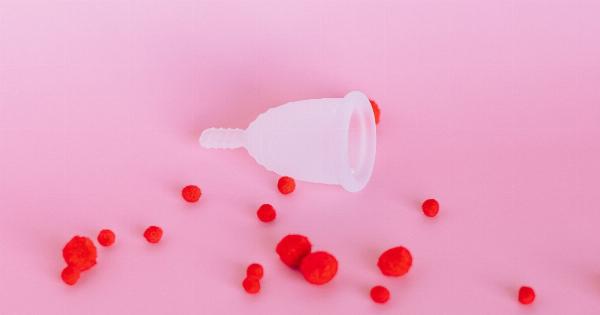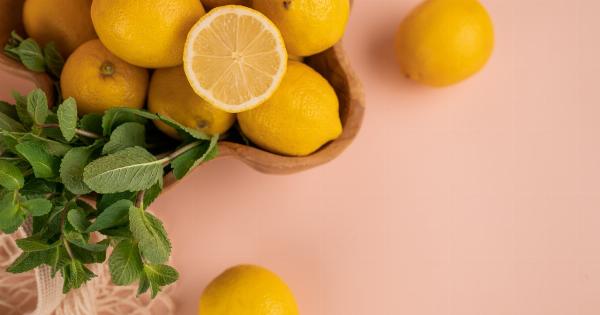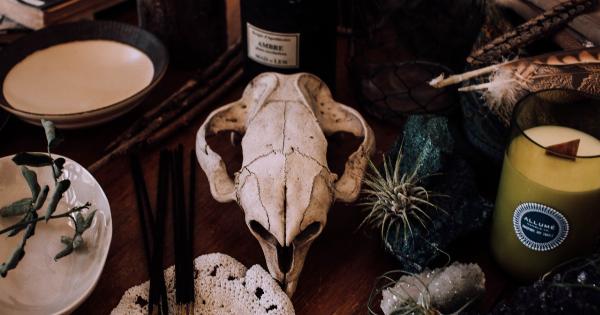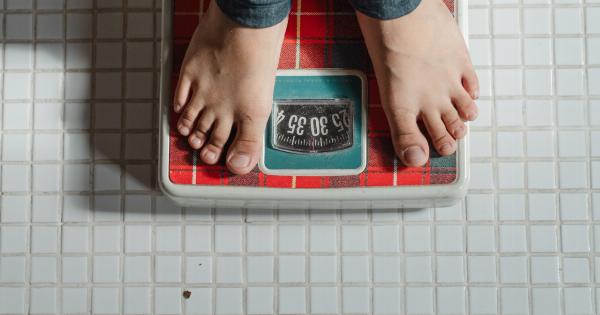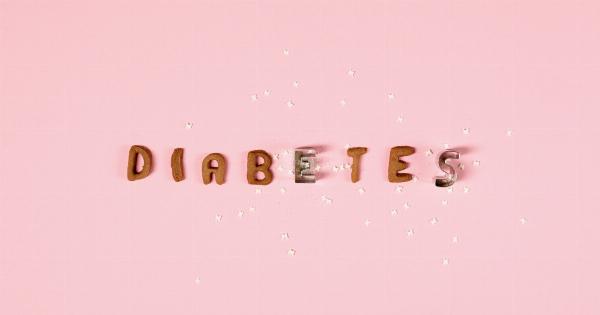Salt is a ubiquitous ingredient that has been used for thousands of years to enhance the flavor of food. It is found in every corner of the globe and is an essential part of our diets.
However, salt has also been the subject of many myths and misconceptions over the years. In this article, we will take a closer look at some of these myths and bust them once and for all.
Myth #1: Sea salt is healthier than table salt
One common myth is that sea salt is healthier than table salt. Proponents of this myth argue that sea salt is less processed and contains more minerals than table salt. However, this is not entirely true.
While sea salt does contain minute amounts of minerals like magnesium, calcium, and potassium, the amounts are so small that they are nutritionally insignificant. In fact, the main differences between sea salt and table salt are their texture and taste. Both types of salt are composed mostly of sodium chloride, and both should be used in moderation.
Myth #2: Salt causes high blood pressure
Another common myth is that salt causes high blood pressure. While it is true that consuming too much salt can contribute to hypertension in some people, the link between salt and high blood pressure is not as straightforward as many think.
In fact, the body needs salt to function properly. Sodium, one of the key components of salt, helps regulate blood pressure by maintaining a proper fluid balance in the body.
Furthermore, studies have shown that only a small percentage of people are salt-sensitive, meaning that their blood pressure rises significantly when they consume too much salt. For most people, moderate salt intake is not a cause for concern.
Myth #3: Salt can preserve food indefinitely
Many people believe that salt can be used to preserve food indefinitely. While salt can be an effective preservative, it is not a magic bullet.
Salt works by drawing out the moisture from food and inhibiting the growth of bacteria, but it does not kill all bacteria. Furthermore, salt can only preserve certain types of food, like meats and fish. Fruits and vegetables, for example, do not respond well to salt preservation.
In general, food that has been preserved with salt should be consumed within a few weeks or months to avoid spoilage.
Myth #4: Salt can be used to melt ice on roads
It is a common belief that salt can be used to melt ice on roads and sidewalks. This is because salt lowers the freezing point of water, making it impossible for ice to form at certain temperatures.
While this is true, there are limitations to the effectiveness of salt as a de-icer. For example, salt is only effective at temperatures above 12°F (-11°C). Below this temperature, salt becomes less effective and other de-icing agents like sand or calcium chloride may need to be used instead.
Furthermore, excessive use of salt can damage roads, sidewalks, and the environment, so it should be used judiciously.
Myth #5: Salt lamps can improve air quality
Over the past few years, Himalayan salt lamps have become popular as a way to improve indoor air quality. It is believed that these lamps, made from Himalayan pink salt, release negative ions into the air, which can neutralize pollutants and allergens.
However, there is no scientific evidence to support this claim. While it is true that negative ions can have some health benefits, the amount that is released by a salt lamp is negligible.
Furthermore, any benefits that may be derived from negative ions can be obtained through other means, such as spending time in nature or using an air purifier.
Myth #6: Salt can help soothe insect bites and stings
Another common myth is that salt can be used to soothe insect bites and stings. It is true that salt has antiseptic properties and can help reduce inflammation, but it is not an effective treatment for insect bites and stings.
In fact, applying salt to a bite or sting can actually make the problem worse by increasing the pain and swelling. Instead, it is better to use an over-the-counter cream or gel that is specifically designed to relieve insect bites and stings.
Myth #7: Salt is addictive
Many people believe that salt is addictive and that they cannot live without it. While it is true that salt enhances the flavor of food and can be difficult to give up, it is not addictive in the same way that drugs or alcohol are.
Rather, it is a learned behavior that can be modified with time and effort. In fact, studies have shown that people can reduce their salt intake over time without feeling deprived or experiencing withdrawal symptoms.
Myth #8: Salt can cure hangovers
It is a common belief that drinking salty water can cure a hangover. However, there is no scientific evidence to support this claim. In fact, drinking salty water can actually make a hangover worse by causing dehydration and electrolyte imbalances.
The best way to prevent a hangover is to drink alcohol in moderation and to stay hydrated by drinking plenty of water throughout the night.
Myth #9: Salt can be used as a cleaning agent
Many people believe that salt can be used as a natural cleaning agent. While salt can be abrasive and can help remove some stains, it is not an effective substitute for traditional cleaning products.
In fact, using salt to clean certain surfaces, like metals or plastics, can cause damage or scratches. Furthermore, using salt as a cleaning agent can leave behind a residue that is difficult to remove.
Myth #10: Salt can deter slugs and snails in the garden
It is a common belief that sprinkling salt around the edges of a garden can deter slugs and snails. While salt can be effective at killing these pests, it should not be used in the garden.
Salt can damage the soil and harm beneficial organisms like earthworms. Furthermore, salt can be toxic to plants and can cause them to wilt or die.
There are many other natural ways to control slugs and snails in the garden, such as using copper tape or creating barriers made from materials like coffee grounds or eggshells.

















